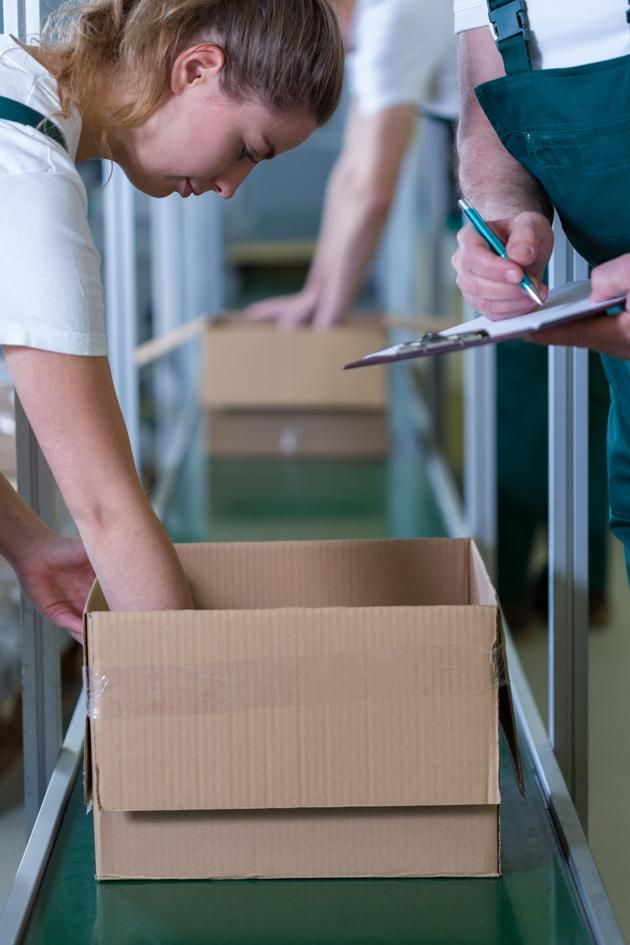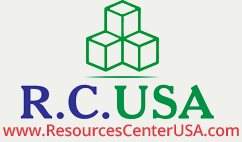- Details
- Category: Business Business
- Hits: 10222 10222
A Business Boon Born from Serendipity
The Evolution of Corrugated Boxes: Part 1
 In the intricate tapestry of business history, the story of commercial grade corrugated cardboard boxes emerges as another happy accident. Corrugated cardboard boxes history is shaped by the inventive mind of Scottish-born Robert Gair in 1890.
In the intricate tapestry of business history, the story of commercial grade corrugated cardboard boxes emerges as another happy accident. Corrugated cardboard boxes history is shaped by the inventive mind of Scottish-born Robert Gair in 1890.


Investor RobertGair 1890 Gair, a Brooklyn printer and paper-bag maker, inadvertently stumbled upon the concept while printing seed bags. A momentary shift in the position of a metal ruler, intended for bag creasing, led to a groundbreaking discovery – the birth of pre-cut cardboard or paperboard boxes. Gair's ingenious product comprised flat pieces manufactured in bulk, which seamlessly folded into sturdy boxes. This accidental innovation marked a significant departure from traditional wooden chests, revolutionizing packaging in unforeseen ways.
Happens Naturally in Industry
The transition to corrugated boxboard was a natural evolution facilitated by the material's availability at the turn of the 20th century. The advent of flaked cereals further propelled the use of cardboard boxes, with industry pioneer the Kellogg Company adopting them as cereal cartons. The variety of cardboard used in cereal boxes is known as “paste board.”
Innovations and Patents
The journey into the realm of corrugated boxes unveils a series of patents and innovations. The first commercial paperboard box, not corrugated, made its debut in England in 1817. Corrugated, initially patented in 1856 in England as pleated paper for tall hats, found its way into shipping materials by 1871. Albert Jones of New York City secured a patent for single-sided corrugated board, primarily used for wrapping glass items, a concept later refined by Oliver Long in 1874 into the double-sided corrugated cardboard we recognize today.
Boxes Beginnings in USA
The manufacturing of the first corrugated cardboard box in the USA in 1895 marked a turning point. By the early 1900s, corrugated paper shipping cartons gained prominence, gradually replacing the cumbersome wooden crates and wooden boxes.
The world of cardboard boxes goes beyond the everyday term. Pros split these materials by weight: paper is thin and flexible, paperboard is thicker and sturdier, and corrugated fiberboard mixes a fluted middle with one or two flat sides. It's like sorting papers by thickness.
Dividing Box Types by Paper Weight
When non-industry people refer to a cardboard box, they might mean anything from a cereal box to a shoe box to heavy-duty version their flat screen TV arrived in. Professionals tend to use words that are much more specific.
Broad divisions of paper-based packaging materials can be separated by their weight:
Paper
Paper is a thin material mainly used for writing upon, printing upon or for packaging. It is produced by pressing together moist fibers, typically cellulose pulp derived from wood, rags or grasses, and drying them into flexible sheets.
Paperboard
Paperboard (chip board), sometimes known as cardboard, is generally thicker (usually over 0.25 mm or 10 points) than paper. According to ISO standards, paperboard is a paper with a basis weight above 224 g/m², but there are exceptions. Paperboard can be single or multi-ply.
Corrugated Fiberboard
Corrugated fiberboard is sometimes known as corrugated board or corrugated cardboard is a combined paper-based material consisting of a fluted corrugated medium and one or two flat linerboards.
Looking back at how corrugated boxes started, it's clear that innovation can come from surprises. This accidental find turned into a crucial part of today's business and packaging. Imagine finding something important when you weren't even looking for it, like discovering a hidden treasure in your attic. That's what happened with corrugated boxes.
Cardboard Boxes- History Part 1
